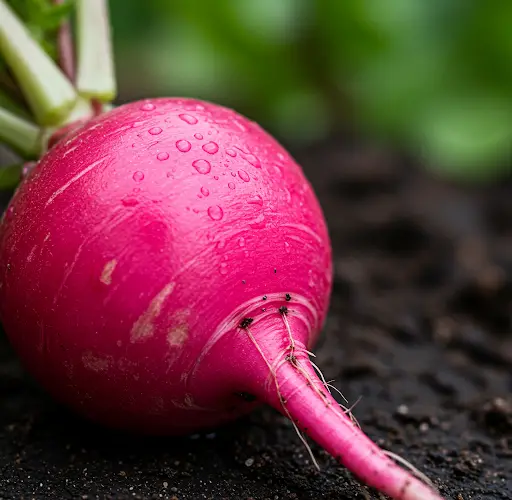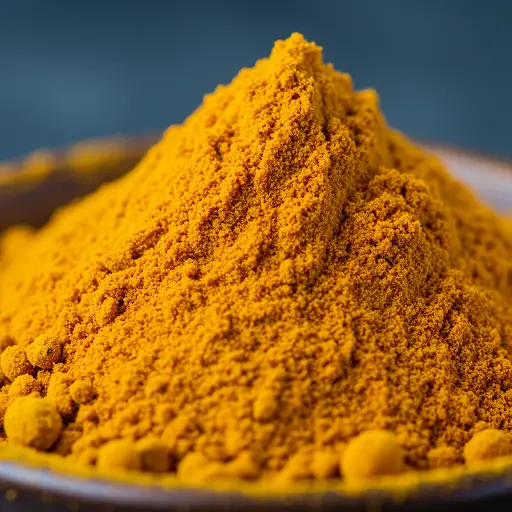Radishes are a popular vegetable known for their crunchy texture and peppery taste, often found in salads or as a garnish. But there’s a special variety of radish that stands out from the rest – the pink radish. Not only is it beautiful to look at with its vibrant color, but it also offers a slightly milder, sweeter flavor compared to its traditional counterparts. Growing pink radishes at home is an easy and rewarding gardening project, perfect for beginners and experienced gardeners alike. If you’re looking to add something unique and delicious to your garden, growing pink radishes is a great choice.
Why Grow Pink Radishes?
Pink radishes, like their red and white counterparts, grow quickly and are relatively easy to cultivate. Their striking pink color makes them an attractive addition to any garden, whether it’s a small backyard or a balcony container garden. Plus, these radishes are versatile in the kitchen. They can be eaten raw, roasted, or added to a variety of dishes. Their slightly sweet, mild flavor makes them a great choice for those who prefer less intense radishes, and they also bring a pop of color to your meals.
Here are a few reasons why you should consider growing pink radishes:
-
Beauty: The vibrant pink color of the radish makes it an eye-catching addition to your garden.
-
Flavor: Pink radishes have a sweeter, milder taste, making them more versatile in dishes compared to regular radishes.
-
Quick Growth: Radishes grow quickly, often within a few weeks, allowing for fast harvests.
-
Nutrient-Rich: Radishes are low in calories and high in nutrients like Vitamin C, potassium, and fiber.
Materials You’ll Need to Grow Pink Radishes
To start growing pink radishes, you don’t need many materials. Here’s what you’ll need to get started:
-
Pink radish seeds: Choose a variety that suits your climate and gardening space.
-
Well-draining soil: Radishes prefer loose, sandy loam or raised bed soil that drains well.
-
Containers or garden beds: Pink radishes can grow in small spaces, making them ideal for container gardening or raised beds.
-
Compost: Adds organic matter to the soil, helping with soil fertility and drainage.
-
Watering can: Radishes need regular water but should not be waterlogged.
-
A sunny location: Radishes grow best in full sun or partial shade.
Step-by-Step Guide to Growing Pink Radishes
1. Choose the Right Location
Radishes prefer a sunny spot with access to at least 4–6 hours of sunlight per day. If you’re growing them in containers, make sure to place them in a location that gets adequate light. Pink radishes can also tolerate a bit of shade, so if you don’t have a fully sunny spot, don’t worry.
2. Prepare the Soil
Radishes need well-draining, loose soil to grow properly. If you’re planting in a garden bed, loosen the soil to a depth of about 6 inches (15 cm) and remove any rocks or debris that could hinder root growth. Adding compost to the soil helps improve drainage and provides nutrients. If you’re using containers, ensure they have good drainage holes to prevent water from pooling at the bottom.
3. Plant the Seeds
Sow your pink radish seeds about 1/2 inch (1.5 cm) deep into the soil. Space them about 1 inch (2.5 cm) apart to allow room for growth. If you’re planting multiple rows, space the rows about 6–8 inches (15–20 cm) apart. Radishes are fast-growing, so it’s important to give them enough space to develop properly.
4. Water Regularly
Keep the soil consistently moist, but avoid overwatering. Radishes require regular watering, especially during dry spells, but they should not be waterlogged. Water the plants gently at the base to avoid disturbing the soil. If you’re growing in containers, check the soil moisture daily to ensure it doesn’t dry out.
5. Thin the Seedlings
Once the radish seedlings emerge, it’s important to thin them out to give the remaining plants space to grow. Thin the seedlings so that they are about 2 inches (5 cm) apart. This helps the plants grow larger and allows for better air circulation around the roots, preventing diseases.
6. Monitor Growth
Pink radishes grow quickly, usually within 25–30 days from sowing. As the radishes mature, you’ll see their vibrant pink color start to develop. Keep an eye on them to make sure they’re growing at a healthy pace and check for any pests or signs of disease. Radishes are generally low-maintenance but can occasionally attract aphids or slugs.
7. Harvest the Radishes
Radishes are typically ready to harvest in about 4–6 weeks, depending on the variety. When the radishes reach a good size and the tops start to show above the soil, it’s time to harvest. Gently pull them from the ground by grasping the top of the plant. Be careful not to damage the roots while pulling them out.
Tips for Successful Pink Radish Gardening
-
Plant Successively: To have a continuous supply of fresh radishes, plant new seeds every 2 weeks.
-
Avoid Crowding: Radishes need space to grow, so make sure you don’t overcrowd them. This will allow for larger, more flavorful roots.
-
Use Companion Plants: Radishes grow well with plants like lettuce, spinach, and beans. Avoid planting them near crops like potatoes, which can compete for nutrients.
-
Check for Pests: While pink radishes are generally pest-resistant, aphids, flea beetles, and slugs can occasionally cause problems. Keep an eye out for pests and remove them promptly.
Conclusion
Growing pink radishes is an enjoyable and rewarding gardening project. With their beautiful color, mild flavor, and quick growth, they are the perfect addition to any garden. Whether you’re growing them in a small container on your balcony or in a larger garden, pink radishes are easy to cultivate and provide a fresh, homegrown harvest in just a few weeks.
Not only do they add a unique touch to your garden, but they also offer a sweet, crunchy treat for your meals. Try growing pink radishes at home today and enjoy the beauty and flavor they bring to your kitchen!



